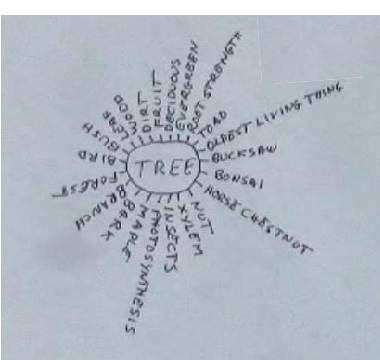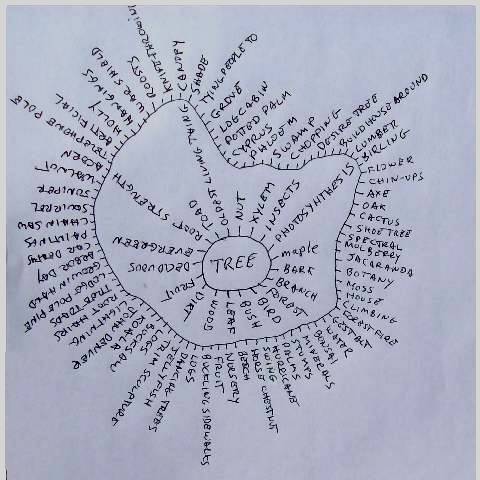use the back browser to return to previous section
Dhyana Meditation
The most basic meditation is called dhyana meditation. It is a way to shift modalities, from what is called “discursive” mind to what is called “meditative mind”.
“Discursive” is from the latin discurrere, to run about. ‘Dis’ is used in the latin sense of ‘in different directions; ‘currere’ is ‘to run’. Discursive mind meanders, and jumps from subject to subject, as pleases the sense of the thinker. It is the mind that we use when we converse, or when we idly muse and ruminate.
It is like a child, or a lower animal, if you will (dog, horse, monkey, whatever). It is the intellectual mind unbridled, set loose to graze.
When we set it about a mental project, however, such as the construction of an essay, or some kind of informative text, there begins to be more order and sequentiality. The mind becomes more concentrated, and coherent thought begins to take place. There is more fulfillment of the potentials of the intellect.
When concentration becomes more developed, there is even more fulfillment of these potentials. One is better able to do mental work, and thought is apt to be more complete.
This is all well and good. But there is a higher mind than the intellectual, called the spirit-mind. It is to the intellectual mind what the flying saucer is to the automobile. Instead of being confined to roads, it sees everything from above, all at once.
The avenue to this higher mind is intuition. It is a right-brain function, while the intellect uses the left brain. Meditation moves us from thought to intuition, involving a “breaking through” to the right side of our brains. (In some people the hemispheres are reversed.)
By means of meditation we are enabled to realize higher and higher levels of our individual being, and so it is traditionally a basic part of any spirituality which is beyond entry-level.
There are various strategies for the accomplishment of this realization. The lower mind is a chatterbox, and it is difficult to realize higher mind without finding some way of making the monkey cease its chatter.
The most basic of these is simple dhyana meditation. You choose a subject, a focal point, and make the mind confine itself to thought-content about that subject. It could be a physical object, a concept, an ideal, a word, a resolution, a discipline such as Geology or Anthroploogy, a philosophical issue, yourself or another person, a form of Deity -- the list is endless. Even a dot on a piece of paper may serve as the focus of a meditation.
It is the nature of our mind that when it is concentrated about a subject, it gathers thought about that subject according to one’s belief system as construed and the light which is brought to bear from knowledge already established and/or contributed from above.
This gathering will continue as long as the mind is held to the focal point, then the associations will begin to come more slowly and finally appear to cease. It is the hope of meditation that near this point insight will occur -- manifestation of higher mind in the form of intuition.
It is the further hope that after you can’t think of anything else but you keep on trying anyway, an actual realization of a spirit-mind higher sort of being will become manifest.
Ernest Wood gives the technique of drawing a circle in the middle of a blank sheet of paper and making rays stretching out from the perimeter. The subject’s name is placed in the circle, and you proceed to list the mental associations you get. When all of the rays are occupied, draw another circle-type figure around the associations and continue, using rays that you draw out from that figure. You might do this for fifteen minutes or so, then come back the next day and continue. When you have reached some sort of limit, go back over the associations, relating one to another as seems appropriate. This will produce a contemplative condition.
Ernest Wood’s book, Concentration, I highly recommend. It is in print, and can be found in paperback at Amazon.com, and also on Kindle, both for around $10 US.
space line



